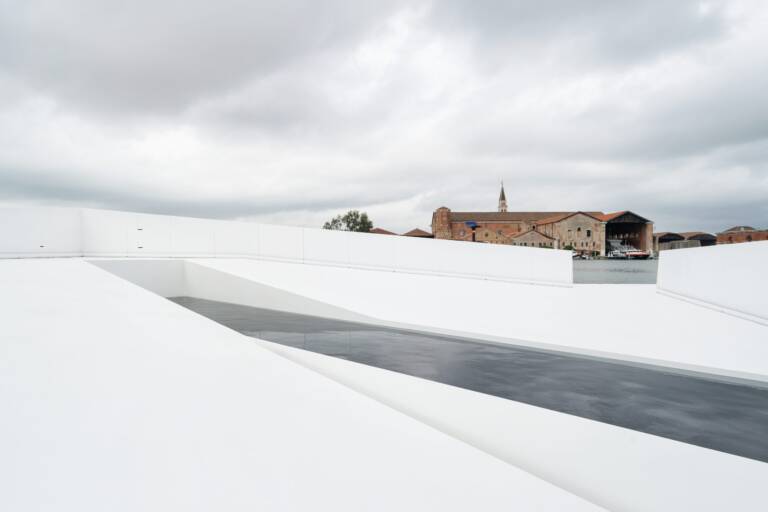Unveiled earlier this month at the Venice Architecture Biennale 2025, AquaPraça by Carlo Ratti Associati and Höweler + Yoon Architecture has already become one of the most talked-about works of climate change architecture. This floating plaza does more than impress with its design—it challenges us to rethink how architecture can engage directly with nature and global climate issues.
Venice Architecture Biennale 2025: debut of a floating cultural forum
Presented on September 4th, 2025, at the Biennale Architettura in Venice, AquaPraça spans 400 square metres and floats partly submerged in the water. Its sloping planes rise to create lookout points and dip down toward the lagoon, placing visitors at eye level with the sea. Designed to host over 150 people, the structure is already welcoming talks, workshops, and cultural events during the Biennale’s run.
Carlo Ratti projects: architecture that engages with the future
As part of the latest Carlo Ratti projects, AquaPraça demonstrates how design can adapt to natural forces instead of resisting them. By holding and releasing water, the structure constantly recalibrates to shifting sea levels and human activity. Carlo Ratti described this approach as a “dialogue between architecture and the forces of nature,” while Eric Höweler and J Meejin Yoon underlined its symbolic balance, representing the fragile equilibrium of our climate.
From Venice to Brazil: AquaPraça’s global journey
After its installation in Venice, AquaPraça will embark on a transatlantic journey to Belém, Brazil, where it will form the centerpiece of the Italian Pavilion at COP30 in November 2025. Following the summit, Italy will donate the floating plaza to Brazil, leaving it as a permanent cultural landmark in the Amazon.
A platform for the future
Now open to the public at the Venice Architecture Biennale, AquaPraça is more than an architectural experiment—it is a civic space and a call to action. As it continues its journey from Venice to Belém, this remarkable project shows how climate change architecture can serve as both a stage for dialogue and a catalyst for lasting change.
Don’t miss our conversation with Carlo Ratti, who sees cities as living, breathing organisms. In the interview, he reflects on architecture’s battle with uniformity, the influence of networks, and the ethical dilemmas of technology.
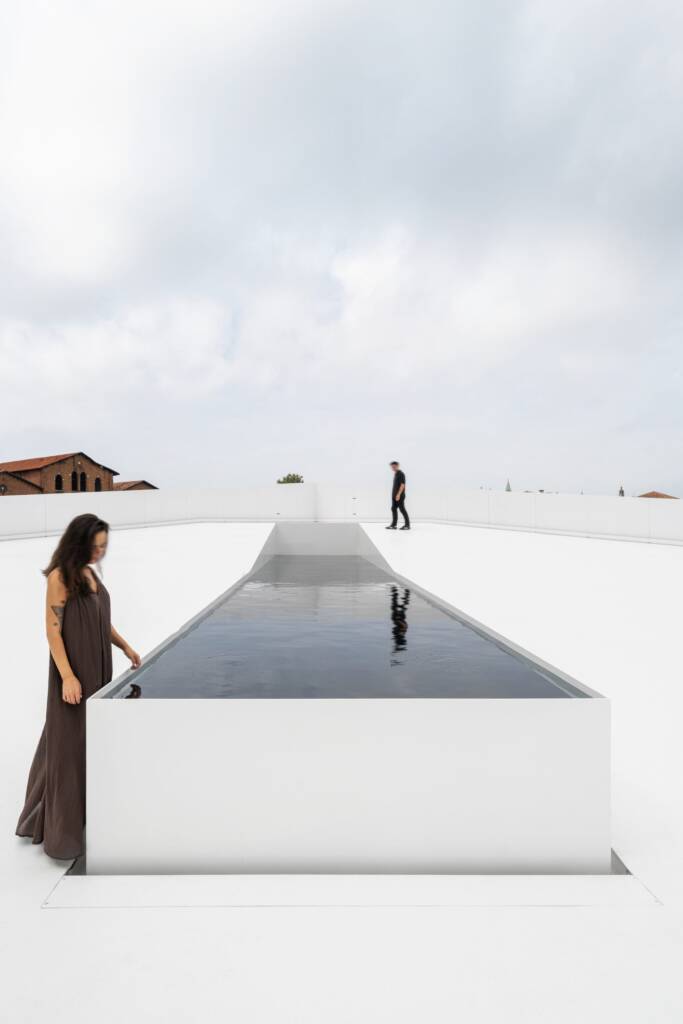
AquaPraça
Photography by DSL STUDIO
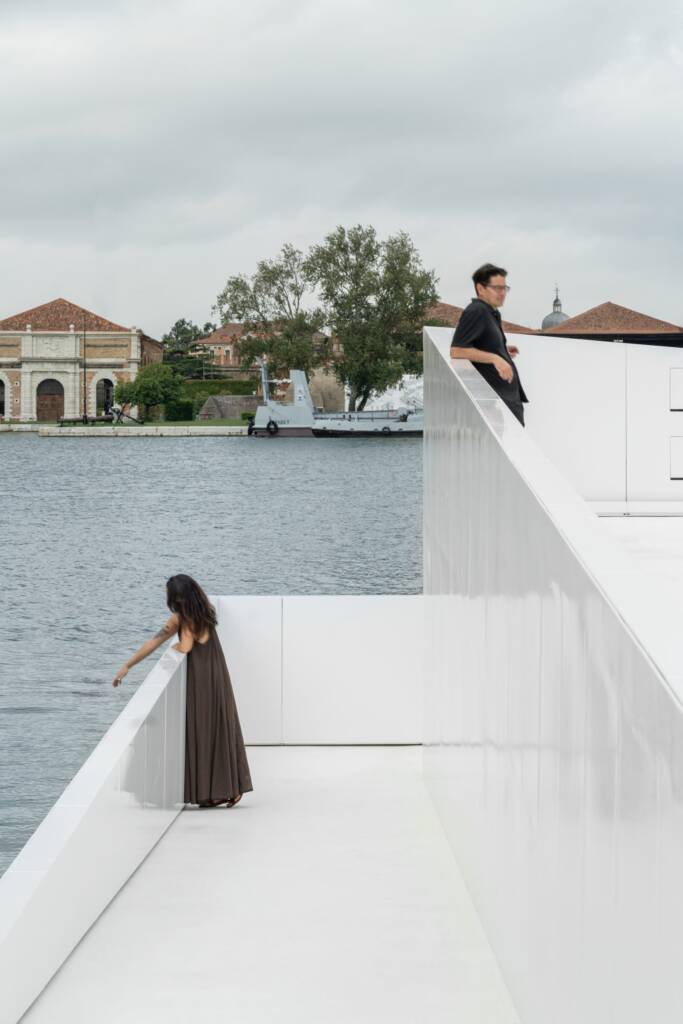
AquaPraça
Photography by DSL STUDIO

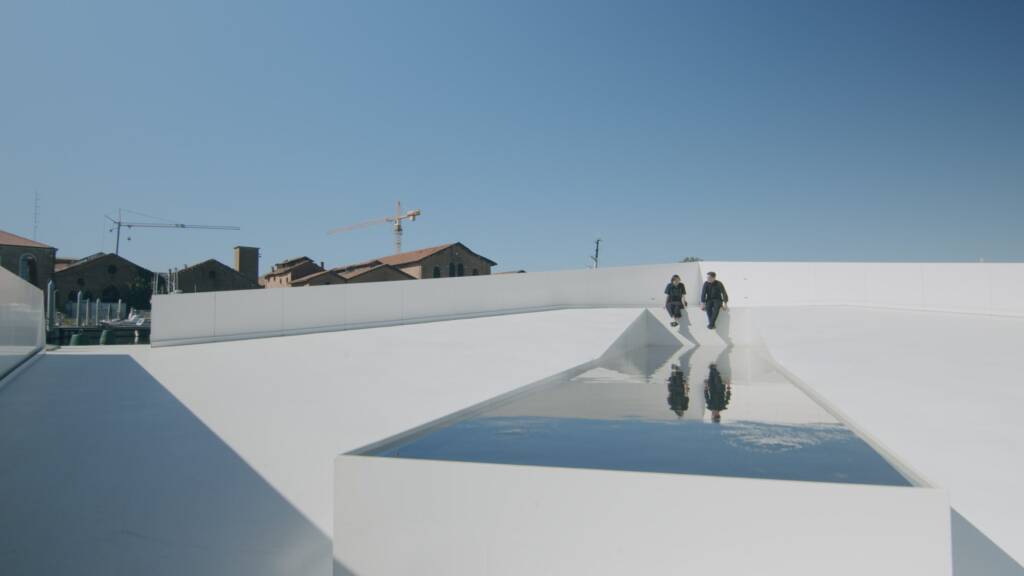
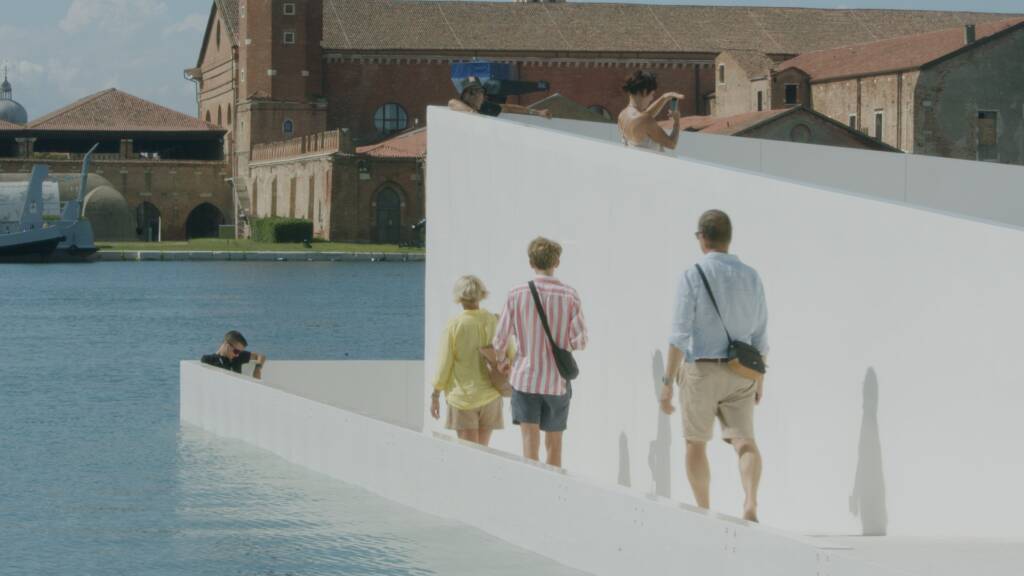
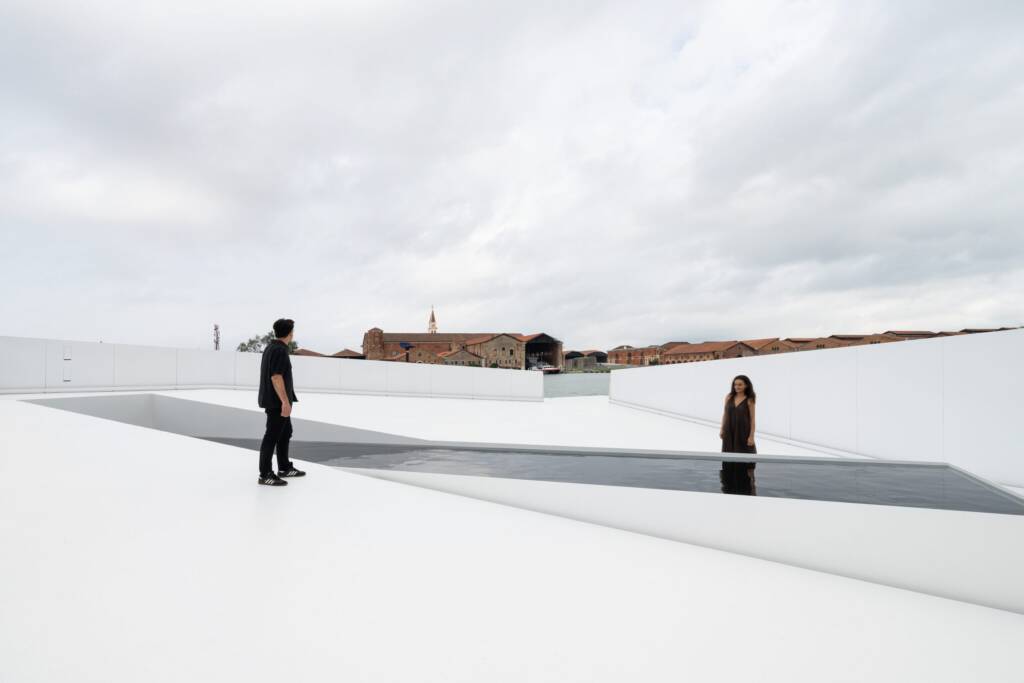
AquaPraça
Photography by DSL STUDIO
